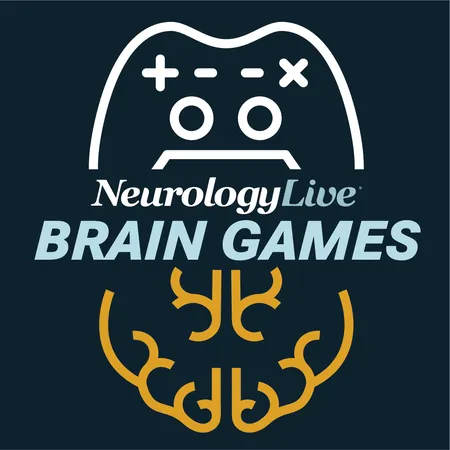
Revolutionary New Glucose-Responsive Micelles Could Change the Game for Hypoglycemia Treatment!
2024-10-02
Introduction
Diabetes management can be a high-stakes balancing act, especially when it comes to insulin therapy. While insulin is a lifesaver for keeping high blood sugar levels at bay, an excess can tip the scales into a dangerous state known as hypoglycemia. This condition not only leads to dizziness and cognitive impairment but can escalate into severe complications such as seizures or even comas. But fear not—scientific innovation is on the horizon!
Recent Research
Recent research published in ACS Central Science unveils a groundbreaking method to treat hypoglycemia through the use of glucose-responsive micelles that encapsulate glucagon, a hormone crucial for raising blood sugar levels. In experiments with mice, these nanocapsules demonstrated a remarkable ability to activate and restore glucose levels when they plummeted.
The Challenge of Traditional Treatments
Glucagon, typically administered via injection to counteract severe hypoglycemia, can take around 30 minutes to effectively raise blood sugar. However, traditional formulations can be unstable and are prone to breaking down quickly, which can hinder their effectiveness. More troubling, many patients experience nighttime hypoglycemic episodes, leaving them vulnerable when they are least able to monitor their blood sugar.
Innovative Solution with Nanotechnology
In a bid to improve glucagon’s stability and effectiveness, researchers Andrea Hevener and Heather Maynard turned to the world of nanotechnology. They developed a novel glucose-responsive micelle that protects glucagon when blood sugar levels are normal but dissolves and releases the hormone when levels drop dangerously low. This means micelles can be injected in advance, working silently in the background until needed.
Remarkable Lab Tests
In lab tests, these micelles were observed to only disassemble in environments that mimicked critical hypoglycemic conditions—specifically, when glucose levels fell below 60 milligrams per deciliter. The real magic happened when mice experiencing insulin-induced hypoglycemia were treated with the micelles; their blood sugar skyrocketed back to normal within just 40 minutes after injection.
Safety and Stability
Moreover, the research team confirmed that the glucagon-rich micelles remained stable within the mice and only released their payload when absolutely necessary. The initial biosafety tests showed that these micelles didn’t provoke an immune response or cause any organ damage, marking a significant milestone in drug delivery technology.
Conclusion
While further research is required, this pioneering proof-of-concept study could pave the way for a breakthrough on-demand solution for those at risk of severe hypoglycemia. Imagine a world where diabetic patients could have peace of mind, knowing they have an effective safeguard against low blood sugar episodes, especially when they are asleep.
Looking Ahead
As this research progresses, it sparks a glimmer of hope for millions of individuals living with diabetes—and the possibility of a game-changing approach to maintaining their health. Stay tuned, as this could be the beginning of a major transformation in the treatment of hypoglycemia!




 Brasil (PT)
Brasil (PT)
 Canada (EN)
Canada (EN)
 Chile (ES)
Chile (ES)
 España (ES)
España (ES)
 France (FR)
France (FR)
 Hong Kong (EN)
Hong Kong (EN)
 Italia (IT)
Italia (IT)
 日本 (JA)
日本 (JA)
 Magyarország (HU)
Magyarország (HU)
 Norge (NO)
Norge (NO)
 Polska (PL)
Polska (PL)
 Schweiz (DE)
Schweiz (DE)
 Singapore (EN)
Singapore (EN)
 Sverige (SV)
Sverige (SV)
 Suomi (FI)
Suomi (FI)
 Türkiye (TR)
Türkiye (TR)